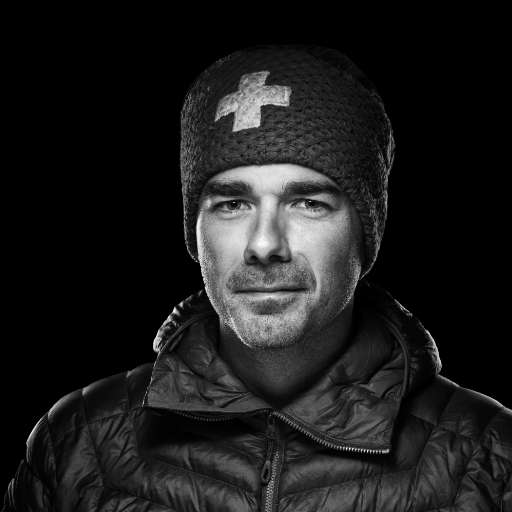History of the Alps
Dive into the depths of time with fascinating stories that weave together the Alps' rich past, revealing illustrious figures, cultural epics and the evolving links between the world of men and the mountains.
35 articles
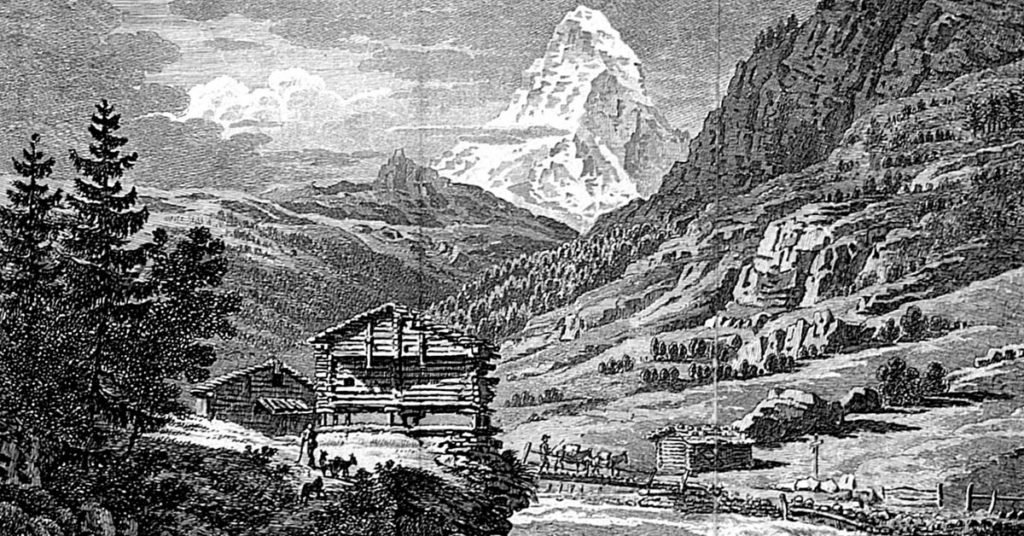
History of the Alps, Portraits of Mountains
History of the Matterhorn
The Matterhorn is undoubtedly one of the best known mountains in the world, if not the best known. Because of its isolation and difficulty of access, it was discovered relatively late, even if it appears on maps of the seventeenth century, such as the General Map of the Swiss Cantons and Bailiwicks, published in 1643 and probably the first to locate the summit. It was not until the 18th century that it began to attract attention and in the 1820s that it became widely known.

History of the Alps
The Alps as a laboratory I Initial research
The (high) mountains are an environment that can quickly become hostile to human presence: it's not possible to live in a world of rock and ice. Moreover, physical confrontation with the mountain involves physical effort and fatigue that can prove disabling, particularly at altitude. These facts have prompted a number of scientists and mountaineers to look into the matter, turning the Alps into a laboratory for experimentation. This non-exhaustive overview is followed by a second chapter focusing more specifically on the figure of Angelo Mosso, a physician, physiologist and ...

History of the Alps
The Alps as a laboratory II ANGELO MOSSO
Angelo Mosso (1846-1910) was an Italian physician, physiologist and mountaineer. He was interested in the Alps and their impact, not physical but physiological, on the human body. The Alps were seen as the ideal place to answer some of the burning questions about the human body at the end of the century, such as how the nerves react to changes in environment, or how energy is expended and fatigue caused in experiments. So we're a long way from the Alps as playground of Europe, as Leslie Stephen put it. Mosso noted that the effects of fatigue are stronger in the mountains, but last ...
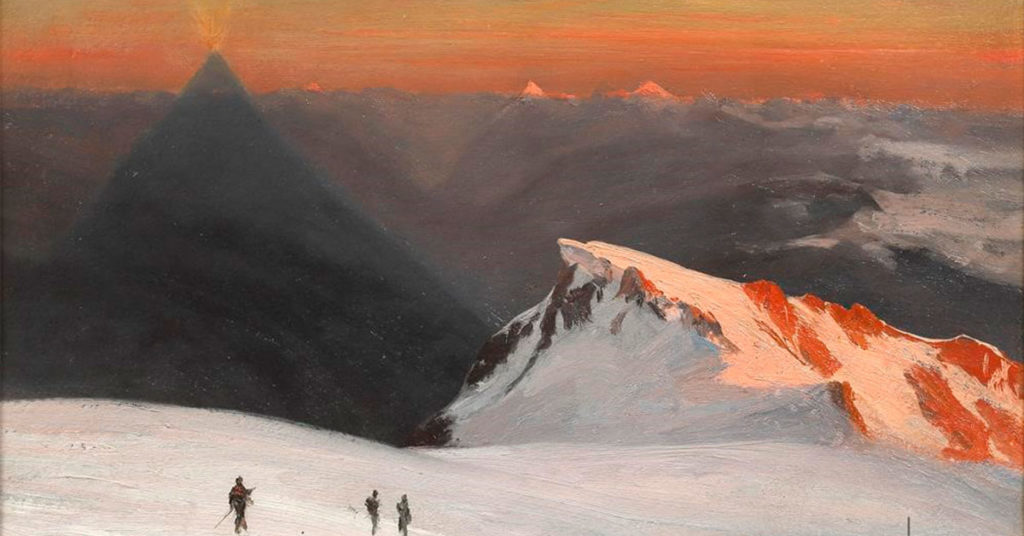
History of the Alps
GABRIEL LOPPE French painter, photographer and mountaineer
Gabriel Loppé (1825-1913) was a French painter, photographer and mountaineer. Although he is little known to the general public today, he enjoyed considerable success during his lifetime. However, there are few studies of his work. Loppé was a painter-mountaineer, i.e. a painter and mountaineer who put art above all else: mountain outings were subordinated to artistic practice. First steps in painting Loppé's decision to become a landscape painter was prompted by the sight of two painters working from summit on Pic Saint-Loup. This vocation would be facilitated by his stays ...

History of the Alps
JOSEPH MALLORD WILLIAM TURNER the best-known English painter of the 18th century
Joseph Mallord William Turner (1775-1851) is without doubt the best-known English painter of the 18th century. Many exhibitions are still devoted to him today. He is known as one of the leading painters of the aesthetic of the sublime and for his great talent, particularly in watercolor. Although his strokes are forced, he is also considered the precursor of Impressionism, and even of abstract art. Turner's first trip to Switzerland Turner came from a modest background: his father was a barber. He was spotted at an early age: he entered the Royal Academy of Painting at the tender age of 14. ...
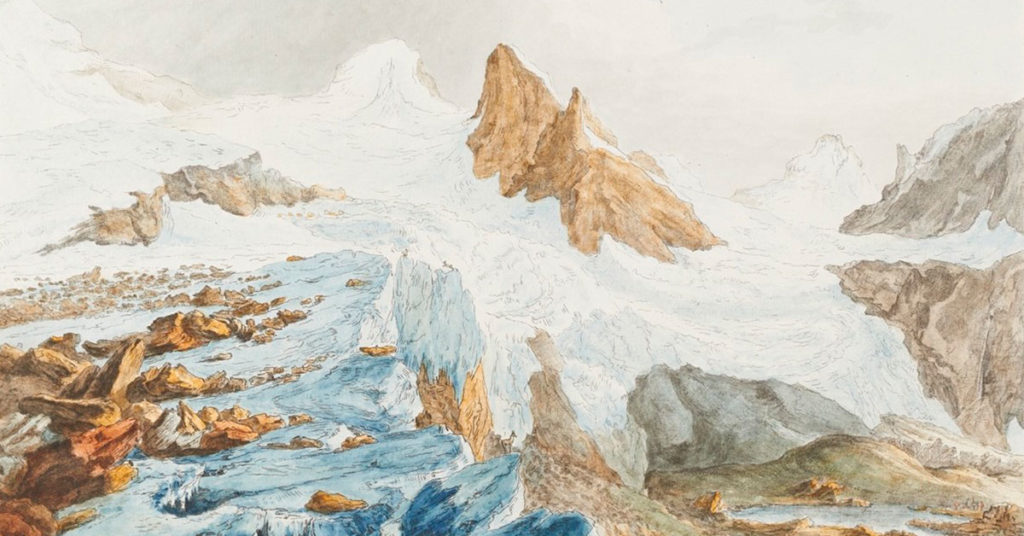
History of the Alps
CASPAR WOLF one of the first artists to paint the Alps
Caspar Wolf (1735-1783) was one of the first artists to explore and paint the Alps, between 1774 and 1779. Although he painted other subjects, it was precisely as a painter of the Alps that he passed into posterity. Even his contemporaries insisted on Wolf's innovative side, such as Karl Gottlob Küttner in August 1778: Wolf is the painter of the sublime and terrible nature of the Swiss mountains. He went deep into the icy, snowy regions of the mountains, as no painter had done before him; no danger, no difficulty could prevent him from exploring nature...

History of the Alps
History of the mountains 18th century
The 18th century saw a real craze for the Alps, with a huge influx of travelers. There were a number of reasons for this, which we'll develop below, but it was the result of a slow evolution. Dragons in the Alps The early 18th century was still marked by popular beliefs, which were also reflected in scientific research: many people spoke of monsters and dragons in the mountains. Scheuchzer devotes an entire chapter to his Ouresiphoites Helveticus, sive itinera per Helvetiae alpinas regiones (published in 1723), one of the most important works ...
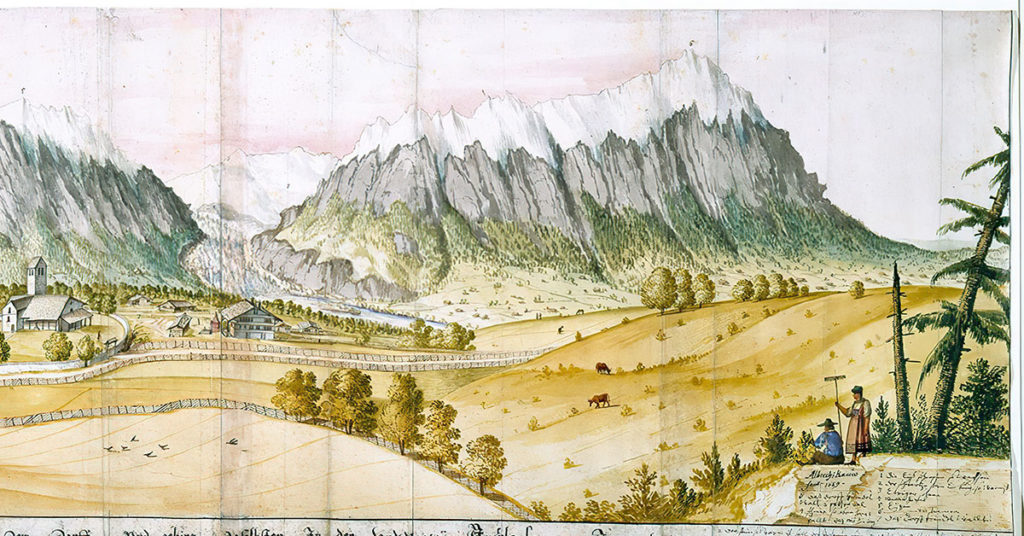
History of the Alps
17th century mountain history
The 17th century had a more mixed relationship with the mountains than the 16th century, and sometimes a more negative one. This was partly due to the slight cooling of the climate at the time. Glaciers were growing and sometimes sweeping away churches and fields in their path, causing great damage, but also making it more difficult to enjoy the mountains. The mountains were sometimes perceived as divine punishment, as Horace-Bénédict de Saussure testifies: "The little people of our town [Chamonix] and the surrounding area give Mont Blanc and the snow-covered mountains that surround it the name of ...
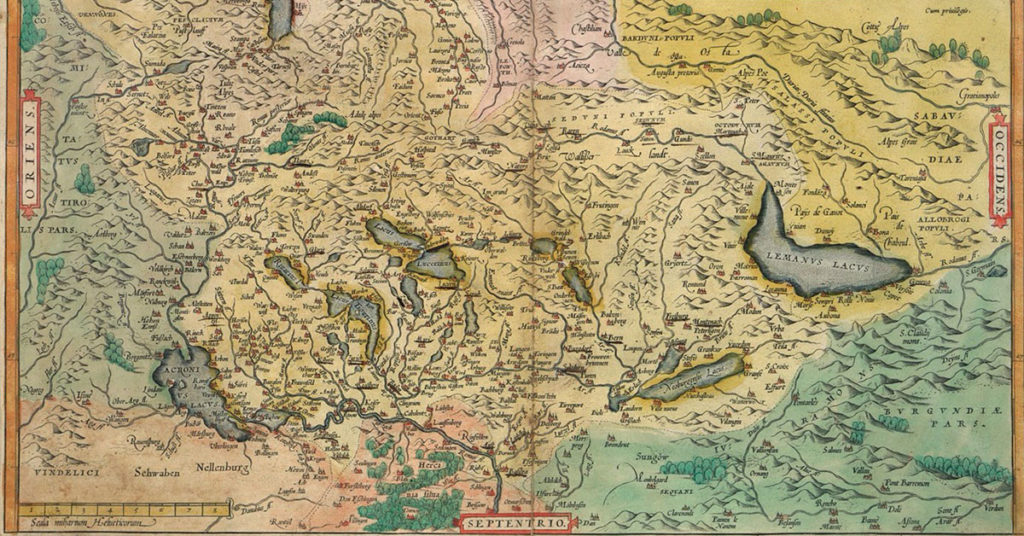
History of the Alps
History of the mountain 16th century and earlier
Although mountains occupy a central place in many civilizations and mythologies - being the refuge of the gods, for example - it's only in recent times that man has taken an interest in them. Petrarch's ascent of Mont Ventoux on April 26, 1335 was one of the very first of its kind. It is often regarded as the first awareness of landscape and mountain perception, even if the claim is somewhat exaggerated. A few months before Columbus discovered America, on June 26, 1492, Antoine de Ville climbed Mount ... on the orders of King Charles VIII of France.

History of the Alps
John Ruskin - Writer, poet and painter closely linked to the Alps
The life of John Ruskin (1819-1900), British writer, poet, art critic and painter, is closely linked to the Alps. A great traveller who visited the continent on numerous occasions, particularly Switzerland and Italy, he first saw the Alps from Schaffhausen, on his first trip to Switzerland in 1833, when he was 14. It was an instant revelation. His love of the mountains would never leave him, and more than anywhere else, it was in the mountains that Ruskin felt truly at home, as he wrote on July 24, 1845...

History of the Alps, Photographs of the Alps
A History of Mountain Photography
The relationship between photography and the mountains goes back almost as far as the invention of the former: as early as 1844, the French government commissioned two scientists, Bravais and Martens, to investigate the possibility of photographing in hostile environments, and chose to send them to Chamonix. Joseph-Philibert Girault de Pranget (1804-1892) and John Ruskin (1819-1900) were pioneers in this respect, and the latter boasted of having taken the first photograph of the Matterhorn (or indeed of any mountain) in August 1849. But it also met with rapid success: the general public ...

Discover Thomas Crauwels
Modern romantic artist, Thomas Crauwels has a recognized and distinctive style that has won numerous Swiss and international awards.
Between Beauty, Majesty and Purity : Thomas Crauwels invites us on a grandiose, authentic journey to meet the giants of snow and ice that have moved him. A conduit for emotions, halfway between two worlds: his works elevate us.
Discover the artist
Between Beauty, Majesty and Purity : Thomas Crauwels invites us on a grandiose, authentic journey to meet the giants of snow and ice that have moved him. A conduit for emotions, halfway between two worlds: his works elevate us.
Would you like to receive articles once a month?
Subscribe to Fine Alpine Post for free:
